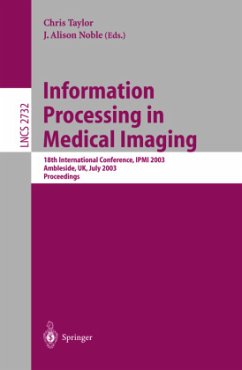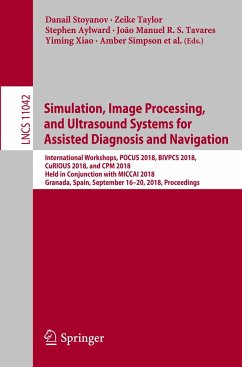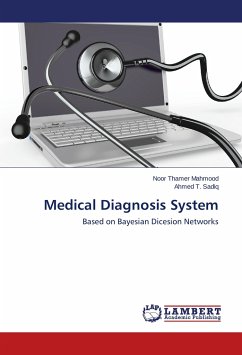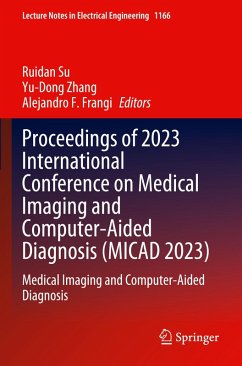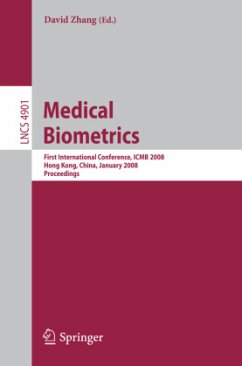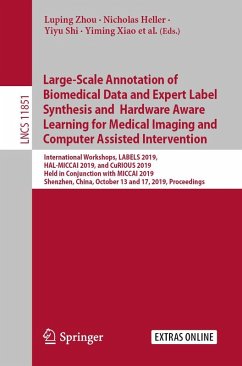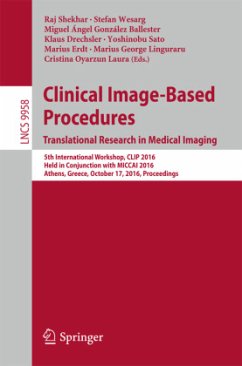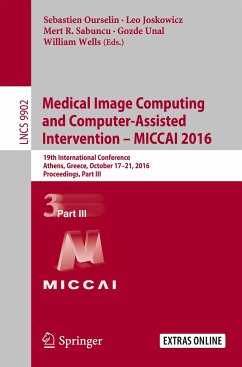
GPU-assisted Diagnosis and Visualization of Medical Volume Data
Exploiting the performance of modern graphics hardware for interactive computations and visualizations in medical applications
Versandkostenfrei!
Versandfertig in 6-10 Tagen
59,99 €
inkl. MwSt.

PAYBACK Punkte
30 °P sammeln!
The utilization of modern graphics hardware (GPU) for visualization and computation purposes, has become highly relevant in recent years, especially for medical applications. The considerable increase in raw computing power turned commodity systems into high-performance workstations, allowing direct visualization and interaction of multi-dimensional data. As the amount of data is steadily increasing, memory and bandwidth limitations require compact representations. While data compression has been investigated extensively before, possibilities of performing computations directly in the compress...
The utilization of modern graphics hardware (GPU) for visualization and computation purposes, has become highly relevant in recent years, especially for medical applications. The considerable increase in raw computing power turned commodity systems into high-performance workstations, allowing direct visualization and interaction of multi-dimensional data. As the amount of data is steadily increasing, memory and bandwidth limitations require compact representations. While data compression has been investigated extensively before, possibilities of performing computations directly in the compression domain are evaluated. The introduction of hierarchical and object-oriented concepts to shader programming lead to a simpli_ed utilization of graphics hardware while maintaining competitive performance. These concepts are the basis for the GPU-based framework "CASCADA" that has been developed in the course of this thesis. Finally, two clinical projects in the _eld of diagnosis assistance,the segmentation of low-resolution MRI liver data sets as well as the assessment of abdominal aortic aneurysms demonstrate the potential for medical applications of the concepts.



